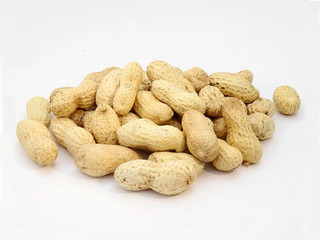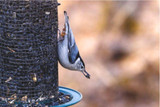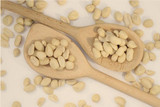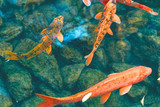Wading birds - Identification and where to spot them
Wading Birds
What are Wading birds?
Waders are birds that wade in and feed on shorelines. Some birds wade in shallow water, while others feed on rocky shores. Waders generally have long legs and bills which enable them to forage for food in deep, moving waters. They also usually have long toes that help them balance steadily in silt, sand and mud. Some waders, such as Herons have powerful neck muscles which they use to spear fish.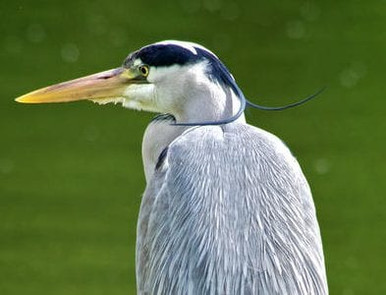
Where to spot Waders?
Waders are best spotted along coastal shorelines, marshes, inland lagoons, reservoirs, lakes, rivers and estuaries. Rising tide is the best time to spot waders on coastal shorelines. At low tide, the shore can be so vast it disperses the birds and by high tide many birds will have cut their losses and returned to their roosts. As most waders are migratory it’s worth investing in a good field guide to get the most out of spotting them.Are Waders in decline?
Sadly, according to studies, wader populations are in decline. The most effected species include Ringed plovers whose numbers have fallen by 39% in 10 years, while the Redshank have dropped by 26% and the Dunlin have dropped by 23%. Conservationists, cite climate change as the main factor for these declines. As many species of Wader migrate to the UK from northern climes, fewer young waders may be being successfully reared in their rapidly warming Arctic breeding grounds.Five Types of Wader to spot
-
Coot and Moorhen
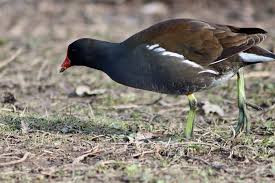
-
Curlew
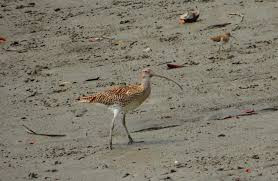 Curlews are one of the easiest Waders to identify. This is partly due to their unusually shaped sloping bill which is particularly sensitive and durable, enabling it to feel around heavy silt and mud for prey.
Curlews can be found in many of the UK’s waterways and their numbers are not restricted to the countryside, indeed they are often sited along urban waterways such as the Severn, the Thames and the Humber. They tend to be most prevalent in Winter when around 140,000 Curlews make the UK their home.
Curlews are one of the easiest Waders to identify. This is partly due to their unusually shaped sloping bill which is particularly sensitive and durable, enabling it to feel around heavy silt and mud for prey.
Curlews can be found in many of the UK’s waterways and their numbers are not restricted to the countryside, indeed they are often sited along urban waterways such as the Severn, the Thames and the Humber. They tend to be most prevalent in Winter when around 140,000 Curlews make the UK their home.
-
Grey Plover
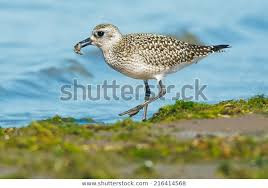 Grey Plovers are generally seen in small numbers, although flocks can form when there is a high tide. The Grey plover likes sandy and muddy estuaries and can be mainly spotted along quiet coastlines.
Some Grey Plovers remain in the UK over summer but most arrive around autumn and take flight again by mid spring.
Plovers have a particular way of foraging their prey. They can be spotted by the way they, stand still watching the water intently before running forward, pecking with their long bills before repeating the process.
Grey Plovers are generally seen in small numbers, although flocks can form when there is a high tide. The Grey plover likes sandy and muddy estuaries and can be mainly spotted along quiet coastlines.
Some Grey Plovers remain in the UK over summer but most arrive around autumn and take flight again by mid spring.
Plovers have a particular way of foraging their prey. They can be spotted by the way they, stand still watching the water intently before running forward, pecking with their long bills before repeating the process.
-
Bar -Tailed Godwit
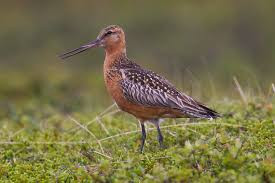 The Bar-tailed godwit is one of the largest waders. It breeds in Arctic Scandinavia and Siberia, and migrates to the UK over winter flocking in estuaries such as the Thames, Dee, Humber and Wash.
There are two Godwit species in the UK. One is the black-tailed Godwit and the other is the bar-tailed Godwit.
Though both types look quite similar when wading it is reasonably easy to tell the difference once they take flight. Black-tailed godwits always have a bold black and white stripe on each wing, as well as a black and white tail which makes them stand out from their plainer plumaged cousins.
The Bar-tailed godwit is one of the largest waders. It breeds in Arctic Scandinavia and Siberia, and migrates to the UK over winter flocking in estuaries such as the Thames, Dee, Humber and Wash.
There are two Godwit species in the UK. One is the black-tailed Godwit and the other is the bar-tailed Godwit.
Though both types look quite similar when wading it is reasonably easy to tell the difference once they take flight. Black-tailed godwits always have a bold black and white stripe on each wing, as well as a black and white tail which makes them stand out from their plainer plumaged cousins.
Explore Popular Articles
-
How Sunflower Seeds Can Improve Your Bird's Health
14th Jun 2024Birds are quite attracted towards sunflower seeds, but have you ever wondered about sunflower seeds'
-
The Ultimate Guide to Feeding Peanuts to Birds: Benefits and Considerations
16th May 2024Feeding Peanuts to birds is a common practice due to their high nutritious value. Being an excellent
-
Signs of Overfeeding Fish: How to Spot and Prevent it
7th May 2024Do you know that fish are more likely to die from overfeeding than starvation? One of the most pre









